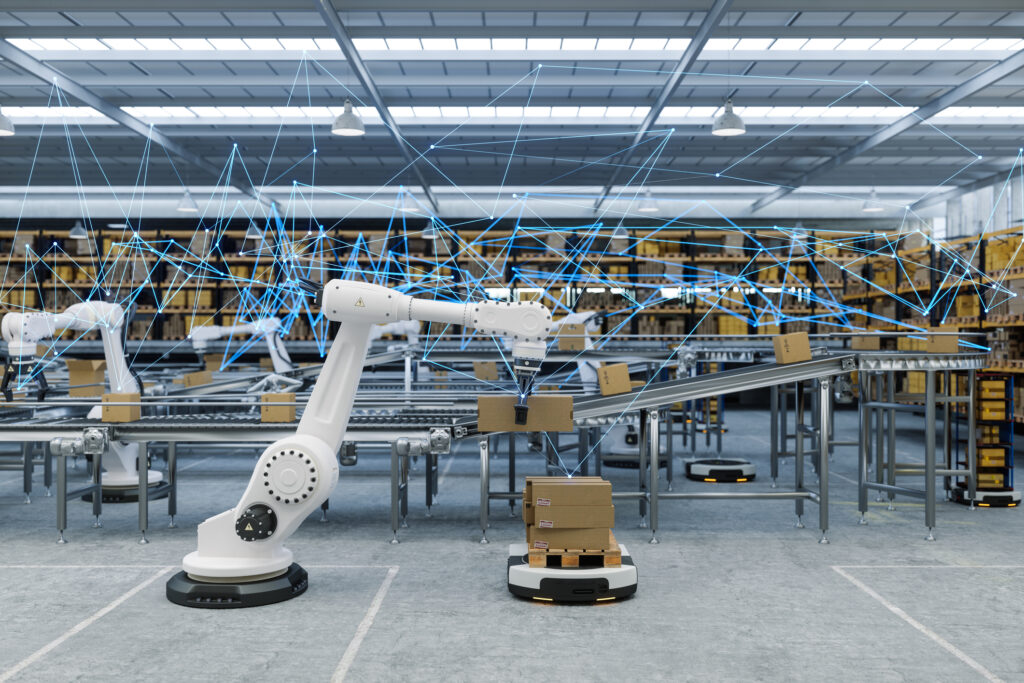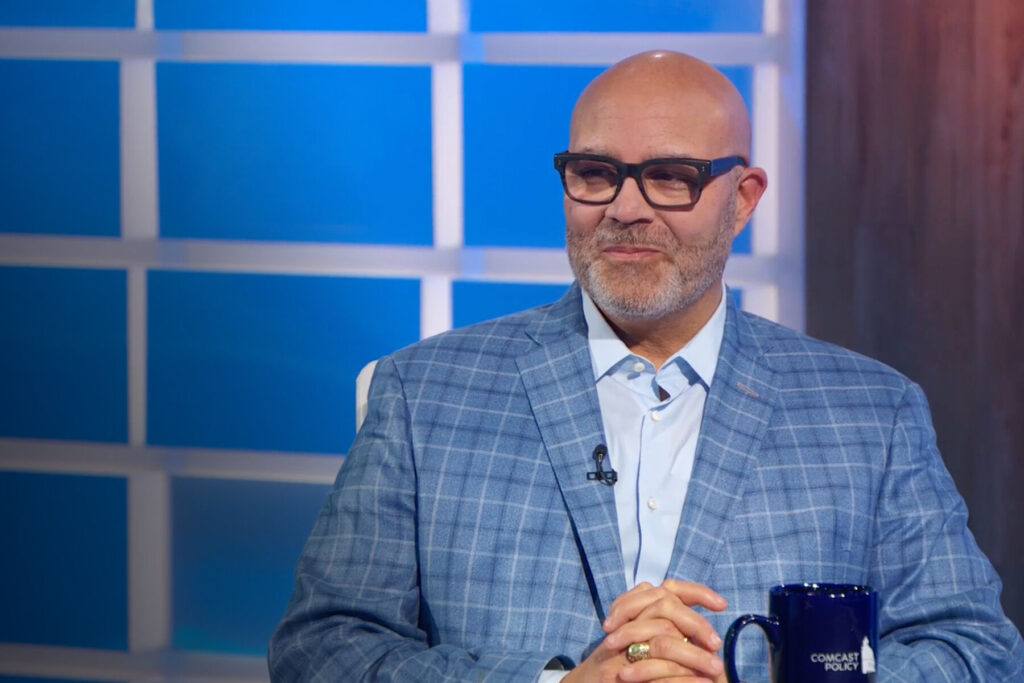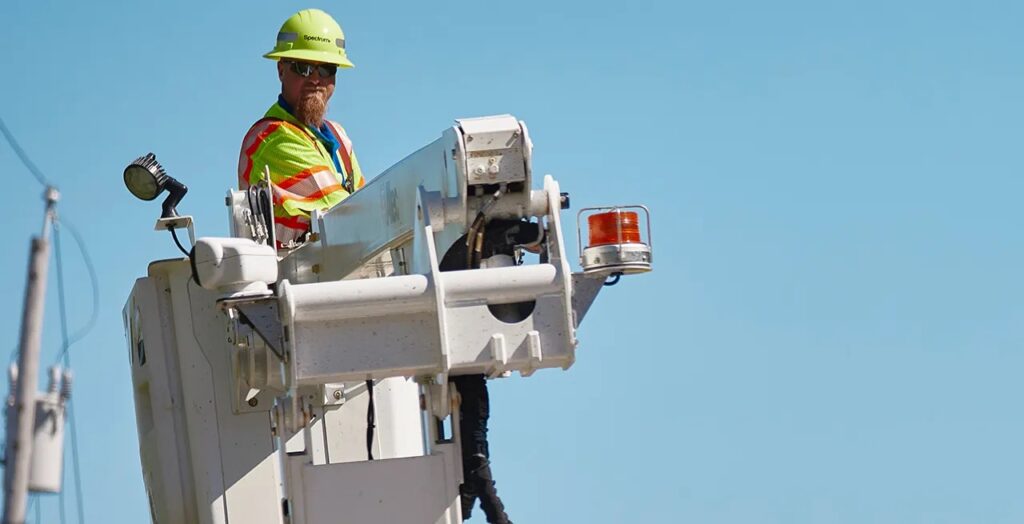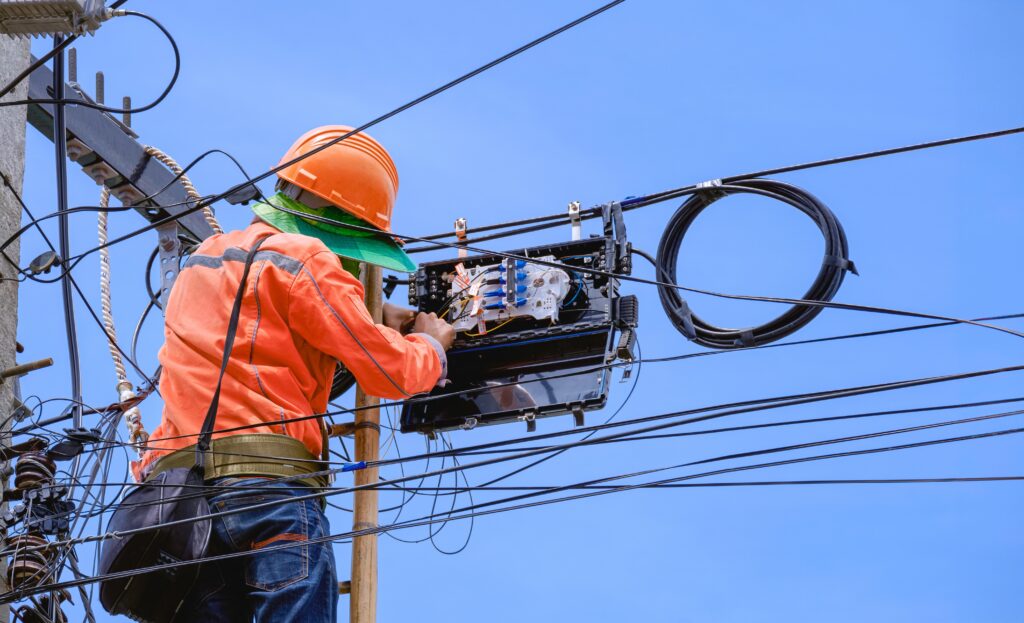What if you could learn physics directly from Albert Einstein himself, albeit via hologram, or get fast, personalized and cost-effective tutoring from a bot who will answer your questions instantly from an app on your phone? Better yet, what if we told you that these scenarios are already in their experimental stages, and preparing to forever impact education? At The Near Future event held in Washington, D.C., recently, conference participants were introduced to technology creations that are about to transform the way we and future generations learn in a really big way.
David Traum, director of Natural Language Research at the USC Institute for Creative Technology, presented USC’s New Dimensions in Testimony project, which features the hologram of a Holocaust survivor. The project involved taping over 48 hours of video of Pinchas Gutter’s account of his experiences, and his hologram is programmed to answer questions about his time during the Holocaust. Attendees had the opportunity to interact with the video demo during conference exhibit hours. Of course there are kinks here and there, warned Traum. Pinchas might not always be able to directly answer someone’s question depending on what is asked, but this also resembles real-life conversations in many ways. Someone may misunderstand a question, or prefers to steer the conversation in a different direction. But overall, an interaction with Pinkus leaves one with a new perspective on the Holocaust.
Traum kicked off his presentation on stage by sharing the idea that human language–or conversation–is the most important innovation for communication and learning in our society. The problem we need to solve, he elaborated, is how to make these conversations unlimited in scope. Video conferencing, augmented reality and virtual reality let us communicate across different spaces and places, but they still present us with a time limitation. What if 200, 500 people want to have a personal conversation with the same person at the same time? And how do we preserve the stories of people from the past for generations to come? This project presents an answer to these dilemmas by capturing an intimate piece of history for future generations.
As Traum explained in an interview with NCTA, the hologram enables one-to-one, face-to-face natural language interaction with someone who actually lived through an experience, which can be much more impactful when learning about history than reading, listening, or watching second or third-hand accounts of that experience. “Before this technology, you were pretty much stuck getting info in the way that it was originally presented [whether through video, audio files, or documents]. But it’s not necessarily what you wanted to know. If you were sitting there in front of the person who lived through this, what would you ask? And could you get that answer? This technology allows for you to have that personalized experience,” said Traum.
Another recent innovation that will take off soon, according to 15-year-old Liam McKinley, are bots that will be able to take us through pretty much anything. McKinley, a conference presenter and the winner of VentureBeat’s international botathon, is the founder of SkoolBot. SkoolBot works in conjunction with Google Classroom and answers questions a student asks through the app, whether it be about his or her schedule, the result of a student’s latest Biology test, or the email address of a teacher, and it even sends messages to a student’s classmates on command.
“We’re a mobile generation that cares much more about personalized media consumption than a 16-inch TV on the wall,” said McKinley, driving home the idea that kids his age are looking for those quick and customized conversational interfaces that bots are known for. “Studies have also shown that 90 percent of millennials would rather deal with a bot than a human for customer service,” he added, conveying the reach that bots will likely have beyond the education space.
There’s still a little bit of work to be done before holograms and bots are ready for prime time, but if the excitement at the Near Future conference was any indication, audiences are eager and ready for what’s to come.
Check back soon for more details on the technology that was showcased and the discussions that were had at The Near Future event.









